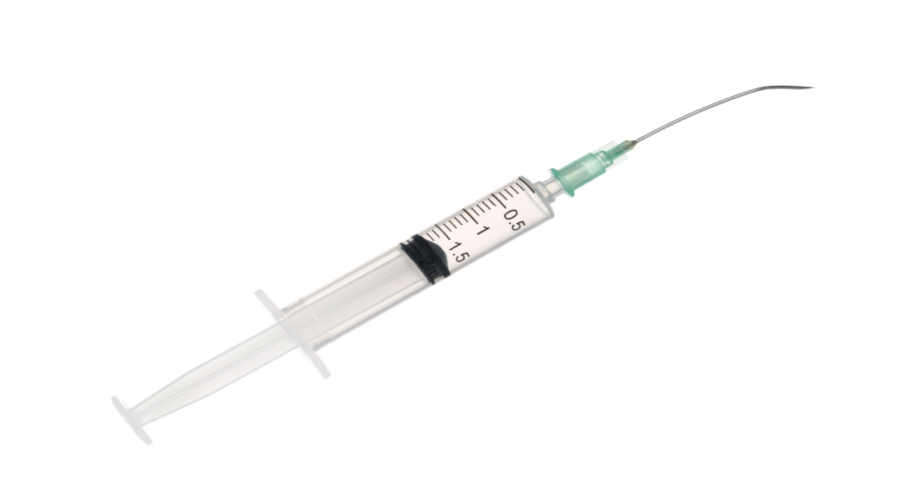Of the 42 million Americans who smoke, 69 percent of adult smokers say they want to stop smoking, and 43 percent have made a quit attempt in the past year, according to the Centers for Disease Control and Prevention (CDC).
And your pharmacy can help.
Starting a smoking cessation program at your pharmacy can improve your patients’ health, and benefit your business. According to a study performed by the National Institute for Standards in Pharmacists Credentialing, more than half of all pharmacists certified in disease state management (DSM) receive compensation for their services, including for smoking cessation classes. And when your patients quit smoking, they reduce their risk for heart attacks, strokes and cancer, according to the CDC.
Follow these seven steps to create a successful smoking cessation program for patients at your pharmacy.
1. Understand your target market
Research the prevalence of smoking to discover if there is a significant need for smoking cessation in your community.
For example, according to the American Cancer Society, 21 percent of people in the Midwest and 20 percent of people in the South smoke, which is significantly higher than in the West, where 14 percent smoke. Also, smokers are more likely to be less educated than nonsmokers.
You can look up the prevalence of smoking in your area using the online interactive tools on the CDC website.
2. Identify patients who could benefit
To create a successful smoking cessation program, start by identifying patients who could benefit from the program and who already use your pharmacy.
Start a conversation with these patients about the dangers of smoking and the benefits of quitting when they come in to fill their prescriptions. Include bag stuffers with smoking cessation facts and tips, which you can get from the CDC’s website.
Also, train your staff to ask patients, “Do you currently smoke?” and then assess their interest in quitting. Collect the contact information of interested patients, so you can reach out when your smoking cessation classes start.
3. Identify and incorporate cessation “best practices”
To give your patients their best chance at quitting for good, be sure to incorporate the best and most successful cessation practices into your pharmacy’s program.
For example, the CDC notes that while counseling and medication are both effective smoking cessation tools, using them together is more effective than using either one alone.
You can also incorporate the U.S. Preventive Services Task Force’s (USPSTF) most up-to-date smoking cessation guidelines and recommendations.
4. Gather resources
To make your program as successful as possible, be sure to gather all the resources available to promote and support your program.
For example, the CDC offers extensive handouts, flyers, fact sheets and tips specifically designed for pharmacists who are trying to help their patients quit smoking.
Download or order smoking cessation resources, such as a printable pocket-sized tobacco intervention card, tips from former smokers about quitting, and free notepads with quitline numbers and information from the CDC’s website. Be ready to share the links or printed copies with patients in your cessation program.
5. Partner for smoking cessation
If you don’t have time to design your own smoking cessation program, or if you simply want to offer your patients a program with a proven track record of success, work with another business or organization to start a smoking cessation program.
Consider partnering with Creative Pharmacist, a company that provides clinical pharmacy solutions designed to help pharmacies improve patient outcomes and find new revenue streams. Creative Pharmacist worked with the CDC to create Air Ways, a program that includes a four-week smoking cessation course for pharmacies. The program incorporates curriculum and technology along with the encouragement and accountability of the community pharmacist.
6. Promote your program
Promote your pharmacy’s smoking cessation program to patients with supporting marketing materials to facilitate conversations with patients and on social media.
You can download free public service announcements that promote smoking cessation from the CDC’s website. Post these videos and print advertisements on your pharmacy’s website and on your social media profiles to promote your program.
Also, reach out to area physicians to let them know that you’re offering a smoking cessation program, and that they can send patients who are interested in quitting to your pharmacy for educational resources, counseling support and supplementary products, such as nicotine gum or lozenges.
7. Offer ongoing support
Once your smoking cessation program ends, be sure to offer follow-up and ongoing support to patients because most people who try to quit require multiple attempts, according to the CDC.
The CDC states that many people who quit smoking often start again because of withdrawal symptoms, including stress and weight gain. Ongoing communication from your pharmacy, including tips and advice for dealing with those withdrawal symptoms, can help patients resist the temptation to smoke.
Once you’ve used these seven steps to establish a smoking cessation program, be sure to continue to promote it during relevant national health holidays, including each November during National COPD Awareness Month.
A Member-Owned Company Serving Independent Pharmacies
PBA Health is dedicated to helping independent pharmacies reach their full potential on the buy-side of their business. Founded and owned by pharmacists, PBA Health serves independent pharmacies with group purchasing services, wholesaler contract negotiations, proprietary purchasing tools, and more.
An HDA member, PBA Health operates its own NABP-accredited secondary wholesaler with more than 6,000 SKUs, including brands, generics, narcotics CII-CV, cold-storage products, and over-the-counter (OTC) products — offering the lowest prices in the secondary market.












